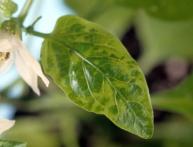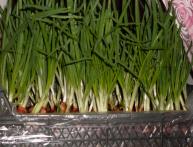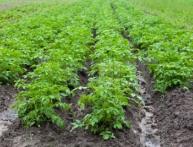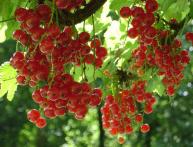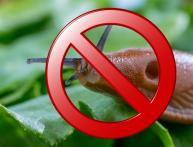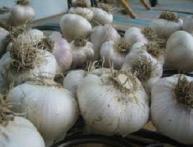The most common and dangerous potato pests

Perhaps the most common and well-known potato pest to all gardeners without exception is the Colorado potato beetle. These insects (both their adults and their larvae) eat tubers and vegetative organs of plants and cause particular trouble in hot weather, which is extremely favorable for their development.
No less dangerous to potatoes are insects such as click beetles, or more precisely, their larvae that live in the soil and damage the roots, bases of stems and potato tubers. It is these pests that gnaw holes in the tubers, which ultimately leads to their rotting and, as a consequence, a significant reduction in the yield. Naked slugs, worm-like mollusks with a mucus-covered body and a hard tongue covered with sharp teeth, also gnaw holes in root vegetables, and sometimes almost completely eat them. These potato pests cause the greatest damage in wet years and live mainly in clay or loamy soils in low areas.
The largest potato pests are mole crickets, the length of which can reach four to five centimeters. Both larvae and adult individuals of this insect are equally dangerous for potatoes and many other plants, since, making tunnels near the soil surface, they often damage the stems and roots of plants. But potato nematodes have almost microscopic sizes, not exceeding one millimeter, but are no less dangerous for plants.Nematodes parasitize potato tubers and roots and lead to stunted growth of affected plants, leaf drop and the formation of extremely small tubers.

